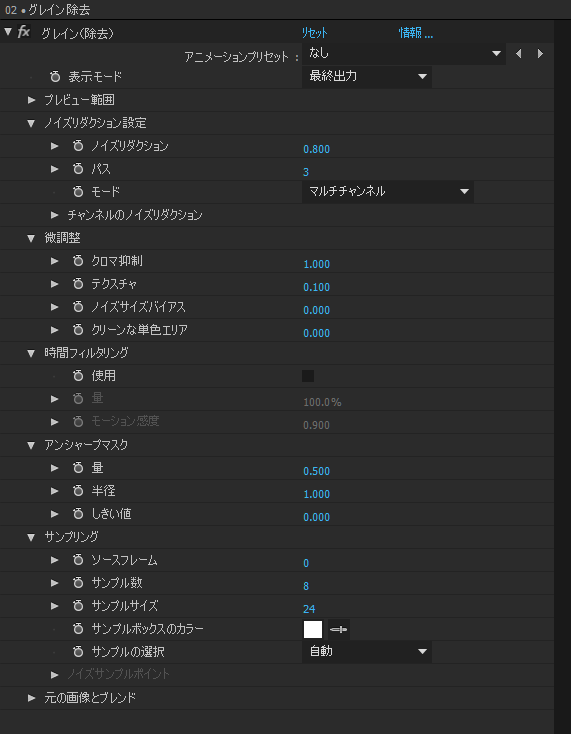

As countries set their own exposure limits for noise, practitioners will need to consult local legislation to determine what levels have been set for the country in which their organisation operates. This is achieved through the implementation of established occupational exposure limits for noise in the workplace. Noise is a well-recognised occupational hazard which needs to be controlled. Globally occupational safety and health legislation requires organisations to provide workers with a safe and healthy workplace by controlling exposures to occupational hazards. HGV passing close by is around 90 dB(A).Some countries like the USA use a 4 dB and 5dB trading rule.Įxamples of sound/noise levels generated in a range of activities:

The 3 dB trading effect is accepted in most countries. For every 3dB the noise level increases, the exposure time must be halved to keep the worker safe from harm. The relevance of this is apparent when considering exposure to hazardous level of noise. For example, 63 dB(A) is twice as noisy as 60 dB(A).

The 3dB ‘trading effect’ means for every 3 dB the sound level increases the impact on hearing health which is doubled. This means that instead of sound intensity increasing in equal increments, each sound interval increases by a factor of the base of the logarithm.įor noise, this means that a small change in the number of decibels can result in a significant change in the intensity of noise and hence its potential to damage a person’s hearing. Decibels are measured on a non-linear or logarithmic scale.


 0 kommentar(er)
0 kommentar(er)
